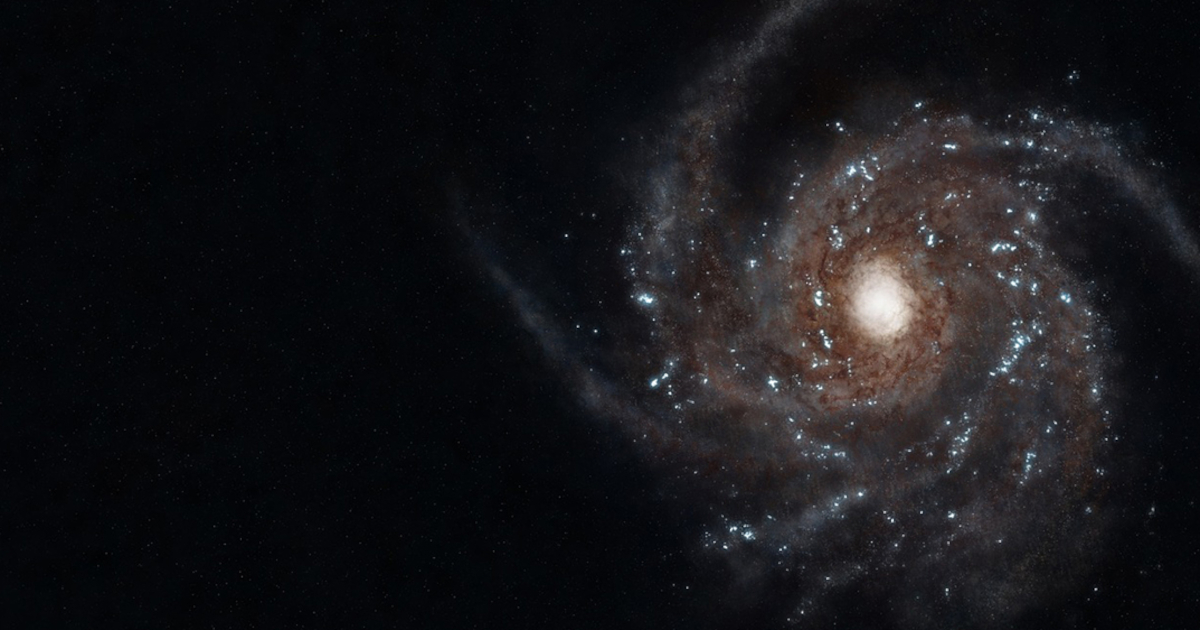- 2.6Impact Factor
- 5.2CiteScore
- 23 daysTime to First Decision
10th Anniversary of Universe: Galaxies and Their Black Holes
Special Issue Information
Dear Colleagues,
The interplay between galaxies and their central black holes is one of the most fundamental and dynamic areas of astrophysical research. The supermassive black holes residing at the centres of most galaxies play a crucial role in shaping their hosts through processes like feedback and accretion. Similarly, galaxies provide the fuel and environment that govern the growth and activity of these central black holes through mergers or secular processes. This reciprocal relationship is fundamental to understanding cosmic structure formation and evolution across epochs.
This Special Issue aims to consolidate recent advances in the study of galaxies and their black holes, including theoretical, observational, and computational approaches. Topics of interest include, but are not limited to, the co-evolution of central black holes and galaxies, feedback processes from active galactic nuclei (AGN), the physics of black hole accretion, the role of black holes in galaxy mergers, and new observational insights into the high-redshift universe, as well as stellar- and intermediate-mass black holes that are believed to populate every galaxy.
By bringing together diverse perspectives, this Special Issue seeks to foster a deeper understanding of how black holes influence galaxy evolution and vice versa, with a focus on the next generation of multimessenger observational facilities and theoretical tools. We invite contributions that communicate or review progress, challenges, and future directions in this field.
Dr. Paola Marziani
Prof. Dr. Mauro D’Onofrio
Guest Editors
Manuscript Submission Information
Manuscripts should be submitted online at www.mdpi.com by registering and logging in to this website. Once you are registered, click here to go to the submission form. Manuscripts can be submitted until the deadline. All submissions that pass pre-check are peer-reviewed. Accepted papers will be published continuously in the journal (as soon as accepted) and will be listed together on the special issue website. Research articles, review articles as well as short communications are invited. For planned papers, a title and short abstract (about 250 words) can be sent to the Editorial Office for assessment.
Submitted manuscripts should not have been published previously, nor be under consideration for publication elsewhere (except conference proceedings papers). All manuscripts are thoroughly refereed through a single-blind peer-review process. A guide for authors and other relevant information for submission of manuscripts is available on the Instructions for Authors page. Universe is an international peer-reviewed open access monthly journal published by MDPI.
Please visit the Instructions for Authors page before submitting a manuscript. Submitted papers should be well formatted and use good English. Authors may use MDPI's English editing service prior to publication or during author revisions.
Keywords
- supermassive black holes
- accretion
- galactic evolution
- feedback
- multimessenger astronomy
- high-redshift universe
- stellar- and intermediate-mass black holes

Benefits of Publishing in a Special Issue
- Ease of navigation: Grouping papers by topic helps scholars navigate broad scope journals more efficiently.
- Greater discoverability: Special Issues support the reach and impact of scientific research. Articles in Special Issues are more discoverable and cited more frequently.
- Expansion of research network: Special Issues facilitate connections among authors, fostering scientific collaborations.
- External promotion: Articles in Special Issues are often promoted through the journal's social media, increasing their visibility.
- e-Book format: Special Issues with more than 10 articles can be published as dedicated e-books, ensuring wide and rapid dissemination.

